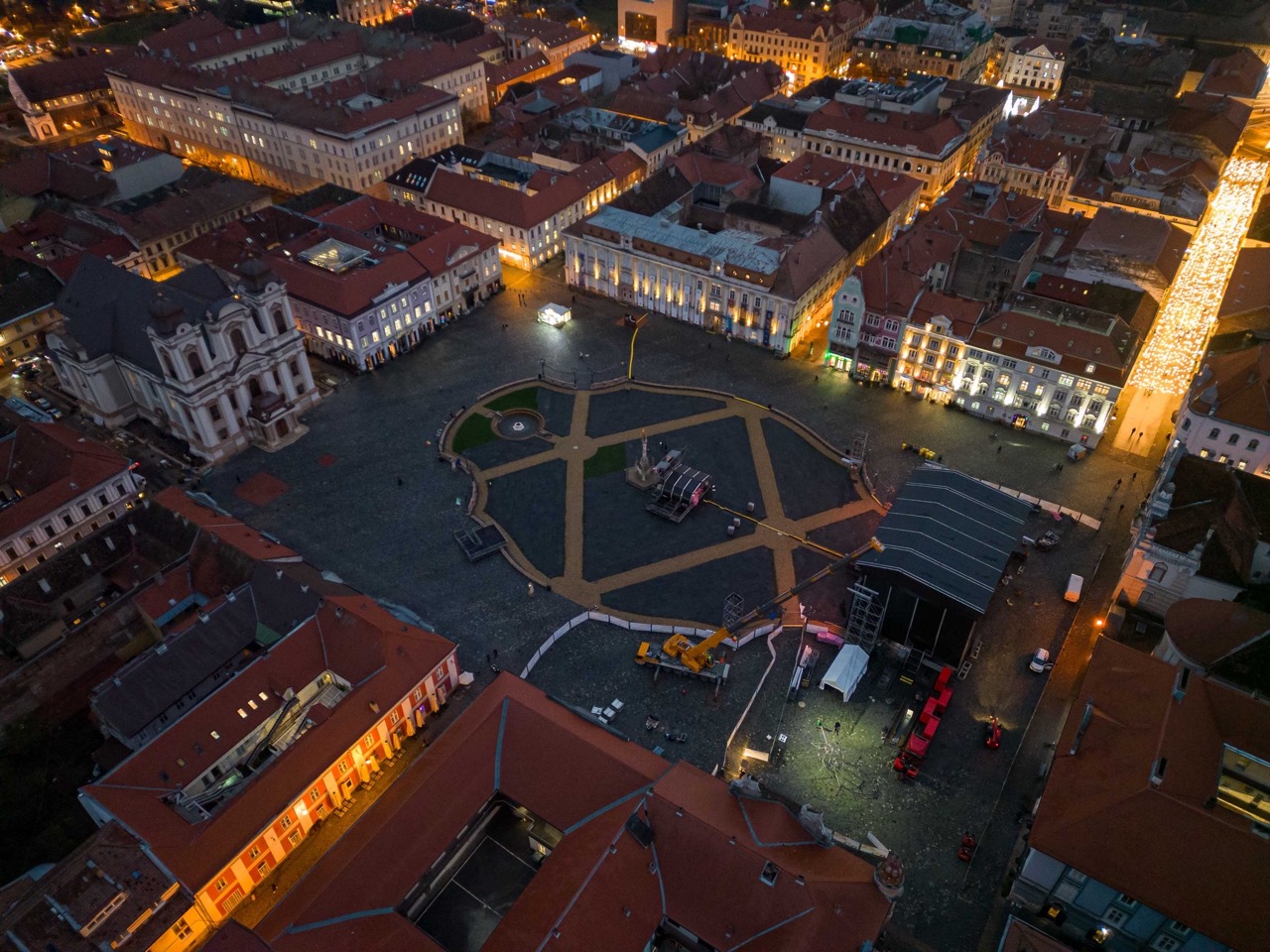Timisoara, the most spacious city in Romania
The city
The surprise of this residence was the city itself, absolutely splendid, unparalleled in all of Romania, of amazing architectural unity. Even the socialist blocks in the historical areas were carefully designed so as not to break the harmony with the heritage buildings. And the recent “concrete and glass” structures were not built carelessly; on the contrary, they have style and don’t look like tumours of the urban tissue, like in Bucharest or Cluj.
By comparison, Cluj looks like a joke, with its small and cramped centre and Habsburg buildings on narrow boulevards, which suffocate you and look as if they were about to fall upon you. And, no, Cluj has no parks; the small one in front of the Hungarian Opera House can hardly be called a park. By contrast, Timișoara is incredibly green for a big city. Everything suggests the spatial generosity of a lasting Habsburg city – Vienna or Budapest, not an Austro-Hungarian burg built with economy, like Cluj or Bistrița. In terms of spatial generosity, no other city in Romania compares to it. Beyond the border, Chișinău is just as green and has equally large boulevards by tsarist standards, but as far as architecture is concerned, Timișoara takes some beating.
Given the above, the city has enormous potential. It has every chance to surpass Sibiu or Brașov as a tourist hit. What can we say, compared to Timișoara, Sibiu is a joke. Timișoara took my breath away. Even the streets that are not in the historical centre are of an absolutely captivating beauty.
I must confess that, unlike Vasile who, like a lunatic, roamed the city and visited even its old communist neighbourhoods and the new suburbs, I did not leave the Centre except for one evening at the very beginning of my residence, when I explored the local manele scene. With three spaces dedicated to this musical genre, two of which feature “lăutari”, Timișoara beats any Transylvanian city.
The events
The artistic duo Monotremu (Laura Borotea and Gabi Boldiș) lent me a bicycle. I rode it carefully, only around the central area. By comparison with my other stays in various places of the world (Bilbao, Toronto, Namur, Tel Aviv), where I walked within a 500-metre radius around the hotel, I would say that in Timișoara I took unexpectedly long walks, even according to my own standards.
I won’t lie. Many evenings I went to Ștefan Iancu, a friend of mine from Bucharest who moved to Timișoara for work, and to the Monotremu duo. They all live in Trajan Square. The duo has a yard with a charmingly wild green vegetation. The man who put me in touch with Monotremu is the poet Vasile Leac. Being the most skilled of his kind, he had built an oven for one of the artists’ projects. I have known Monotremu since 2015, from a residence in Bucharest. I was running an art blog and I visited their exhibition, Redemption Day, curated by Raluca Voinea. I liked it a lot and I think it was the first Romanian contemporary art exhibition focused on the climate apocalypse. Out of curiosity, I also checked their blog https://monotremu.blogspot.com/ https://monotremu.blogspot.com/, which gave me the sensation of uninhibited & learned concept art, especially the photo of the shell-and-core stage church with the FOR SALE ad and the circular stencil mocking the postmodern “They know we know” paranoia. Of the Trajan Square projects, I liked the photo of a female statue with a severed arm. A contractor who only wanted the bunch of flowers in the woman’s hand bought the entire ensemble, cut off the arm holding the bunch and then abandoned the body at a scrap iron centre.
Because it was close to where I was, I also went to the exhibition at the Barracks. Actually, I had bought a bottle of wine and I didn’t feel like drinking it alone in the house. I wanted to see beautiful images flowing behind the imaginary glass window in front of my eyes, so I checked out that exhibition. I liked it, though it was a little too decent for my taste. It left me with the feeling that the curatorial option favoured aesthetics to the detriment of the political dimension. But it was refreshing, because, honestly, I’m tired of political art. It’s full of fakes – to persuade the sponsor to give you the money, you have to use NGO language and morals, which don’t go well with art; it’s very difficult to create good art out of NGO-ism; the chances of failing repeatedly are very real.
Therefore, having swallowed a lot of experimental crap from engaged art, I have come to appreciate art that questions human nature or individual anxieties.
Together with Vasile Ernu, Moni Stănilă and Sandu Vakulovski, my fellow residents, I went to a meeting with students of the Ion Vidu National College of Art, where we watched a film, Srbenka. It was political, meaning boring, “meta of meta”. A director documents the rehearsals of a play that analyses Croatian racism. I would have liked to hear what the high-school students of Timișoara thought about life and the world, but since the film was not interesting at all, the kids didn’t react to it.
The people
To compensate for the high-school students’ lack of reaction, Pavel Gheo’s students at the Faculty of Letters were delightful. When Gheo told them I have a PhD in manele, they let loose. I discovered they were familiar with the local manele scene better than older people – they knew about Dorin Covaci, the best “lăutar” of Timișoara, sadly almost consigned to oblivion today. The best-informed student was a dark-haired boy who studied Latin and played the accordion in a band of “lăutari” to make pocket money.
So I saw Pavel Gheo again. We both debuted in the first wave of EgoProse. And I met Emanuel Copilaș, a left-winged comrade with whom I had spoken on the net, but had never met before. We met at Ștefan Iancu’s and talked about the Phoenix scandal and analysed each side of it.
Dana Sarmeș was just the tonic I needed. The day I met her I had a horrible hungover. My neighbours, a team of workers, had had me drinking for almost a week. The beer vodkas and Dana’s buoyant mood took my hangover away.
The film festival
The film I liked best at the Balkan Film Festival was A Cup of Coffee and New Shoes On, an Albania-Greece-Kosovo-Portugal co-production directed by Gentian Koçi.
Agim and Gëzim (played by Rafael and Edgar Morais, two amazing Portuguese actors), two brothers who run a woodworking business, were born deaf. As a result, the strong bond that we expect to exist between identical twins is even stronger in their case; they communicate through signs and lip-reading with the others, but between them they use a private language that relies more on touches and glances than on words. Their undeniable mutual interdependence survives even the arrival of a third presence, Gëzim’s friend Ana (Drita Kabashi, a wonderfully warm performance). While in a different film she would have been a source of conflict or jealousy, in this she becomes part of the twins’ lives, accepting the primacy of the sibling relationship.
Agim and Gëzim (played by Rafael and Edgar Morais, two amazing Portuguese actors), two
brothers who run a woodworking business, were born deaf. As a result, the strong bond that we
expect to exist between identical twins is even stronger in their case; they communicate through
signs and lip-reading with the others, but between them they use a private language that relies
more on touches and glances than on words. Their undeniable mutual interdependence survives
even the arrival of a third presence, Gëzim’s friend Ana (Drita Kabashi, a wonderfully warm
performance). While in a different film she would have been a source of conflict or jealousy, in
this she becomes part of the twins’ lives, accepting the primacy of the sibling relationship.
Agim and Gëzim (played by Rafael and Edgar Morais, two amazing Portuguese actors), two brothers who run a woodworking business, were born deaf. As a result, the strong bond that we expect to exist between identical twins is even stronger in their case; they communicate through signs and lip-reading with the others, but between them they use a private language that relies more on touches and glances than on words. Their undeniable mutual interdependence survives even the arrival of a third presence, Gëzim’s friend Ana (Drita Kabashi, a wonderfully warm performance). While in a different film she would have been a source of conflict or jealousy, in this she becomes part of the twins’ lives, accepting the primacy of the sibling relationship.
Agim feels frustrated while trying to learn braille.
In addition, the sombre performance allows the acting to flourish, and all three leads are
terrific. The supporting roles, which are portrayed with wit and generosity, are eccentric and full
of strength, despite the fact that this is the kind of film where there is no bad character, just good
people trying to do the best they can for each other, even – or especially – when fate has a
shockingly unfair future in store for them. However, it’s the singular chemistry between the
Morais brothers (who are not deaf and learned Albanian sign language for their roles) that gives
the film its theatrical intensity. Their striking physical resemblance somehow magnifies the
slightest mood swing between them, with effects as devastating as those of an earthquake.
In short, a wonderful film.
Conclusion
A question that put me in difficulty while I was abroad was what to recommend a foreigner to see in Romania. What sense does it make, after seeing Vienna or Budapest, to beat Cluj or Sibiu? To see that kind of architecture replicated on a micro scale?
Now I know what to recommend to a foreigner: Timișoara. It’s an incredibly spacious and beautiful city.


